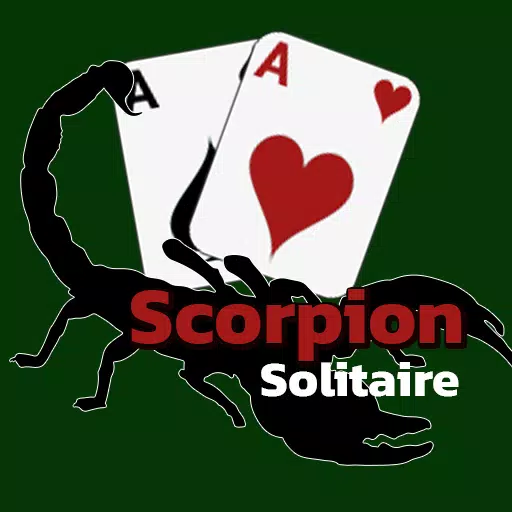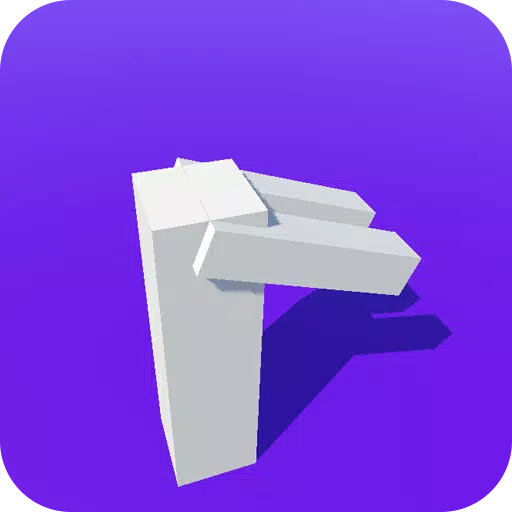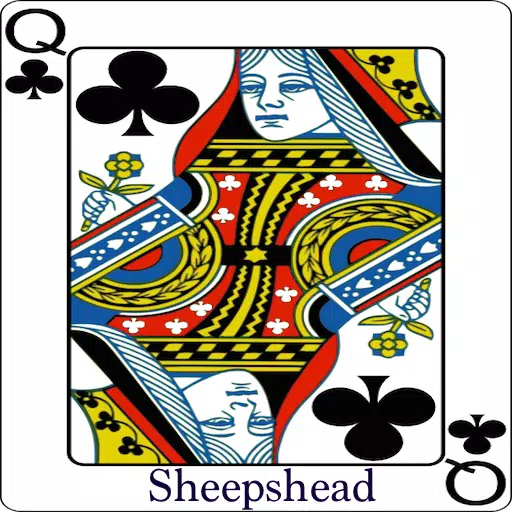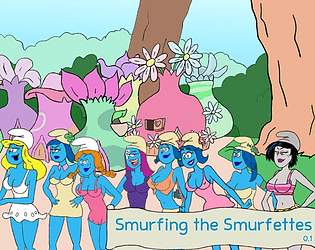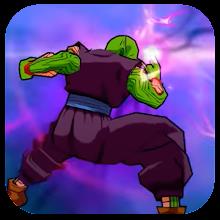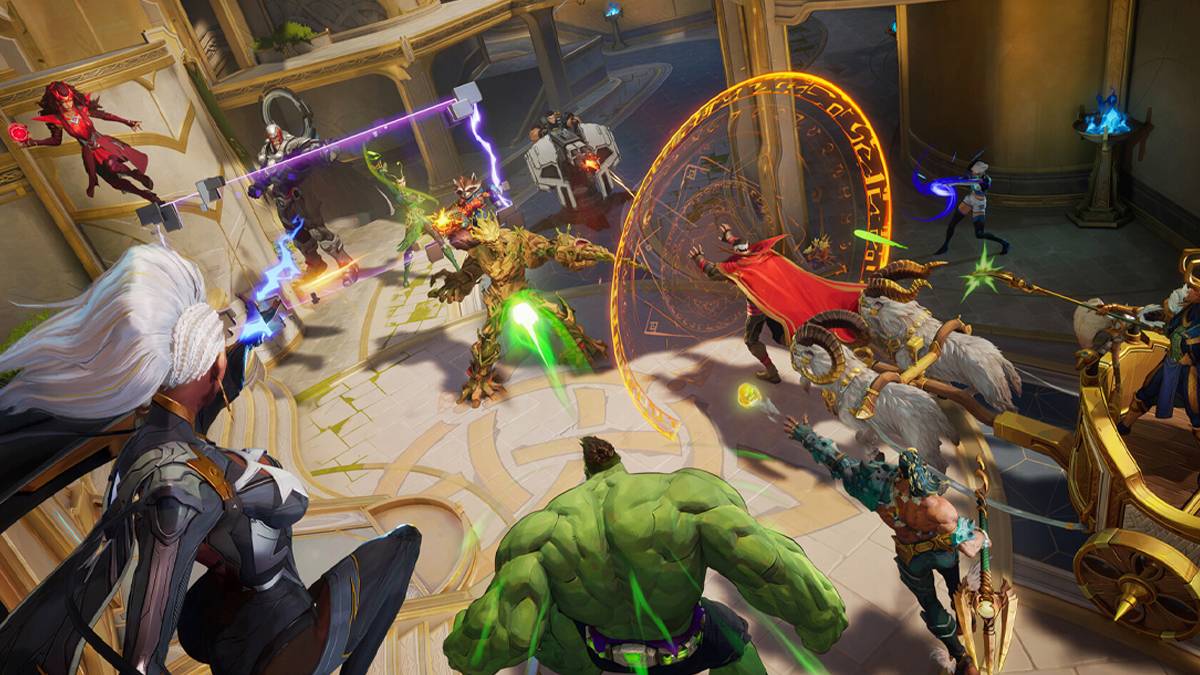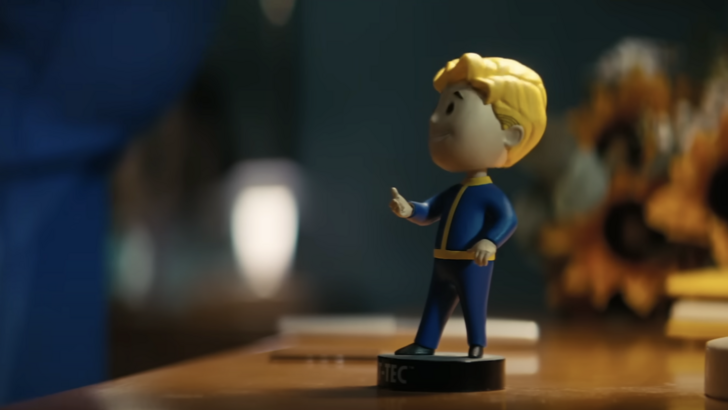Even if you're not a dedicated player of Magic: The Gathering, you might have noticed its trend of exciting video game crossovers in recent years, such as Fallout, Tomb Raider, and Assassin’s Creed. Now, we're thrilled to unveil one of the most anticipated collaborations yet: Magic: The Gathering meets Final Fantasy. This isn't just any crossover—it brings together four iconic mainline Final Fantasy games, from Terra to Y’shtola, each represented in unique preconstructed Commander decks.
**Take a moment to explore the image gallery below** for an exclusive first look at the lead cards and packaging for each deck. Continue reading for insights from Wizards of the Coast on what to expect from these decks, the rationale behind selecting these four games, and much more.
Final Fantasy x Magic: The Gathering - Commander Decks Reveal
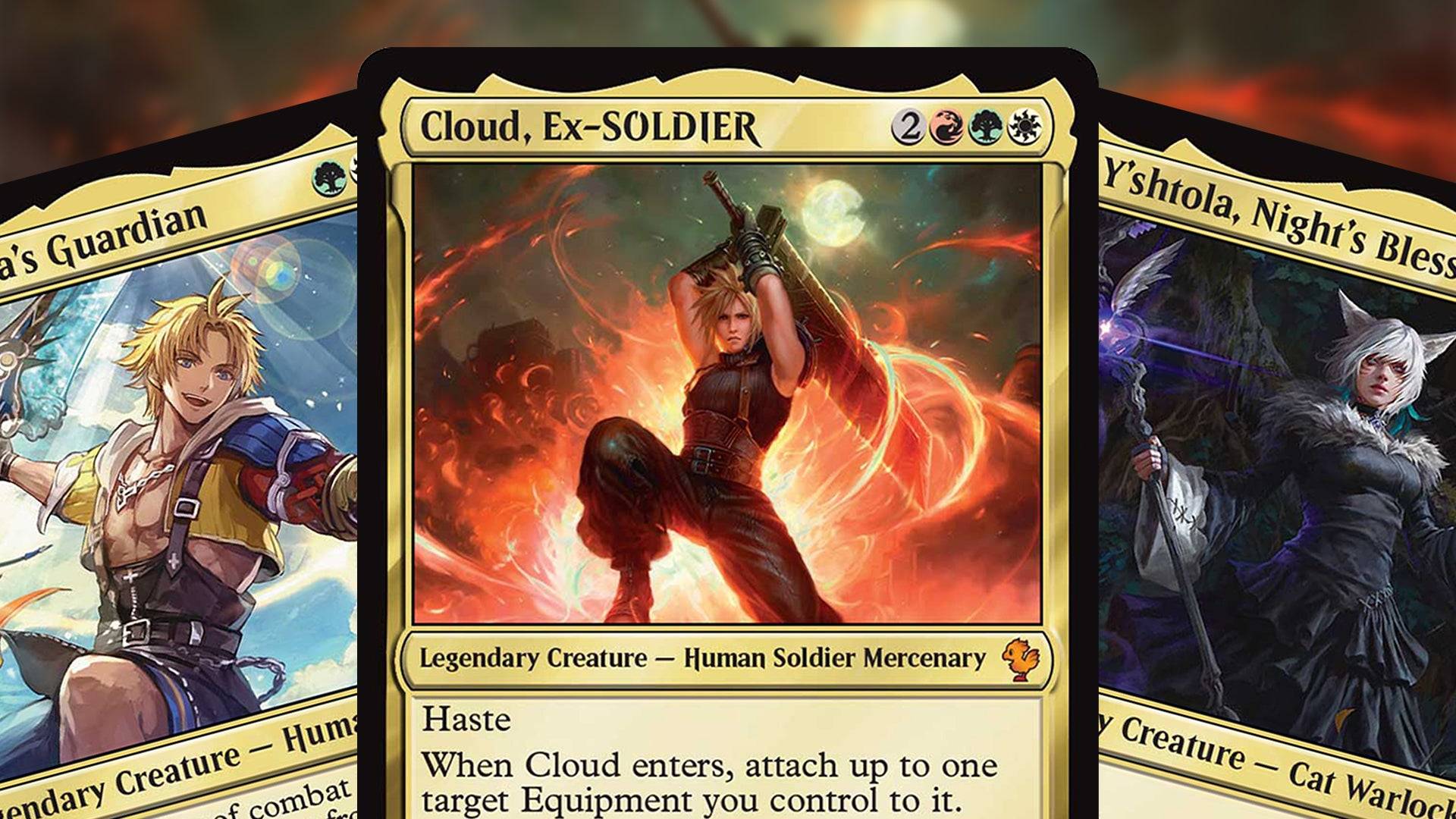
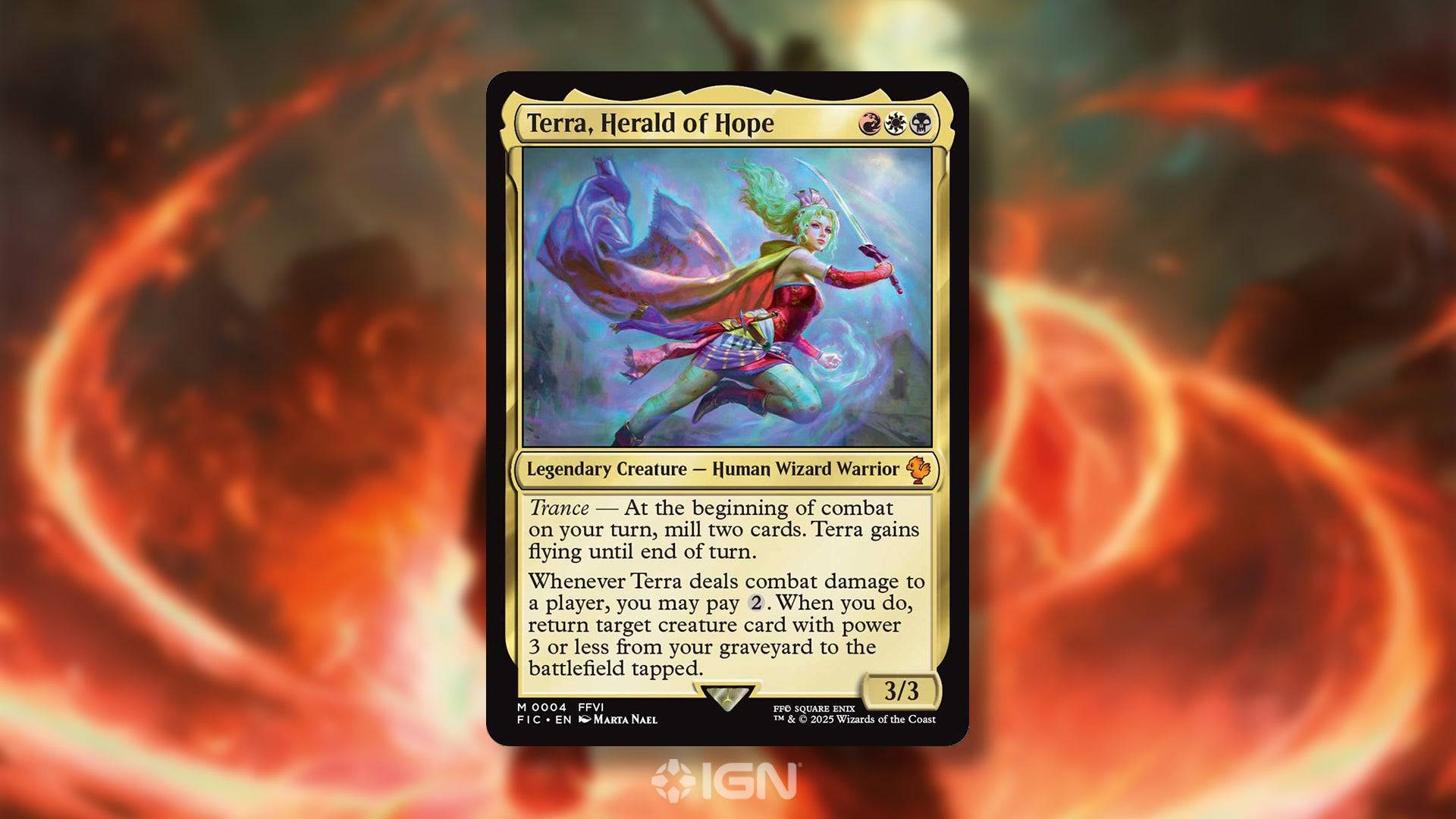 13 Images
13 Images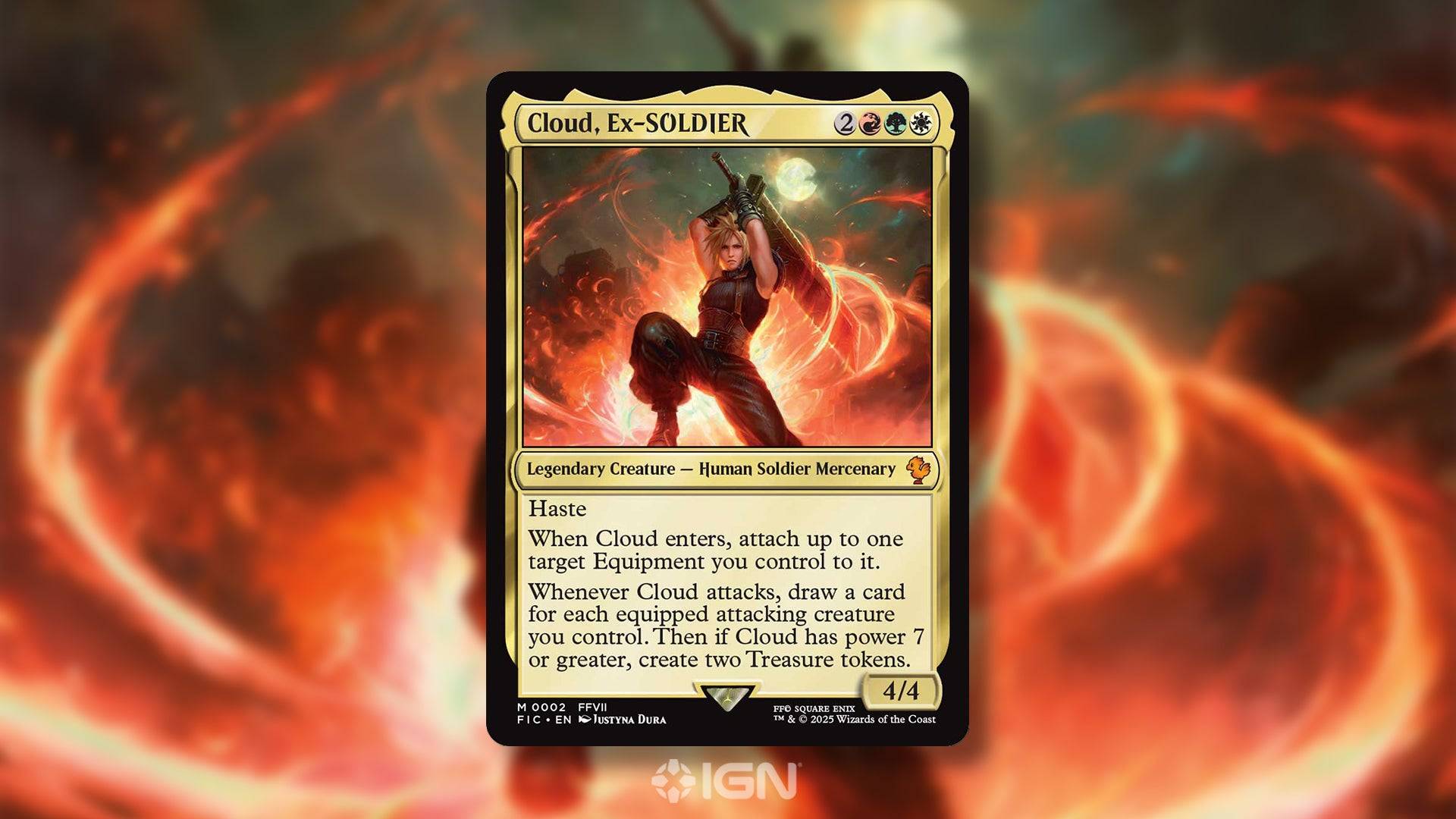
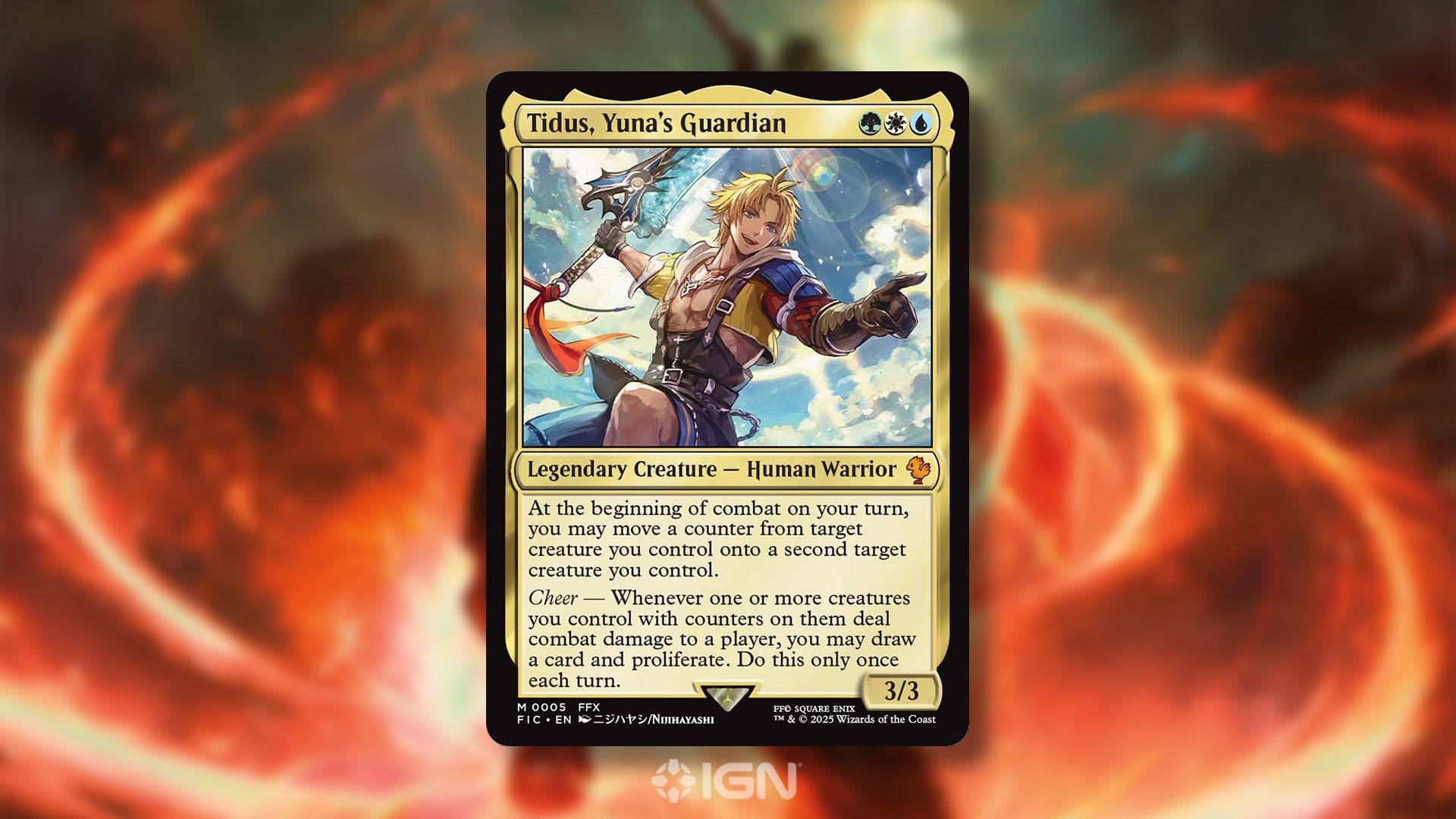
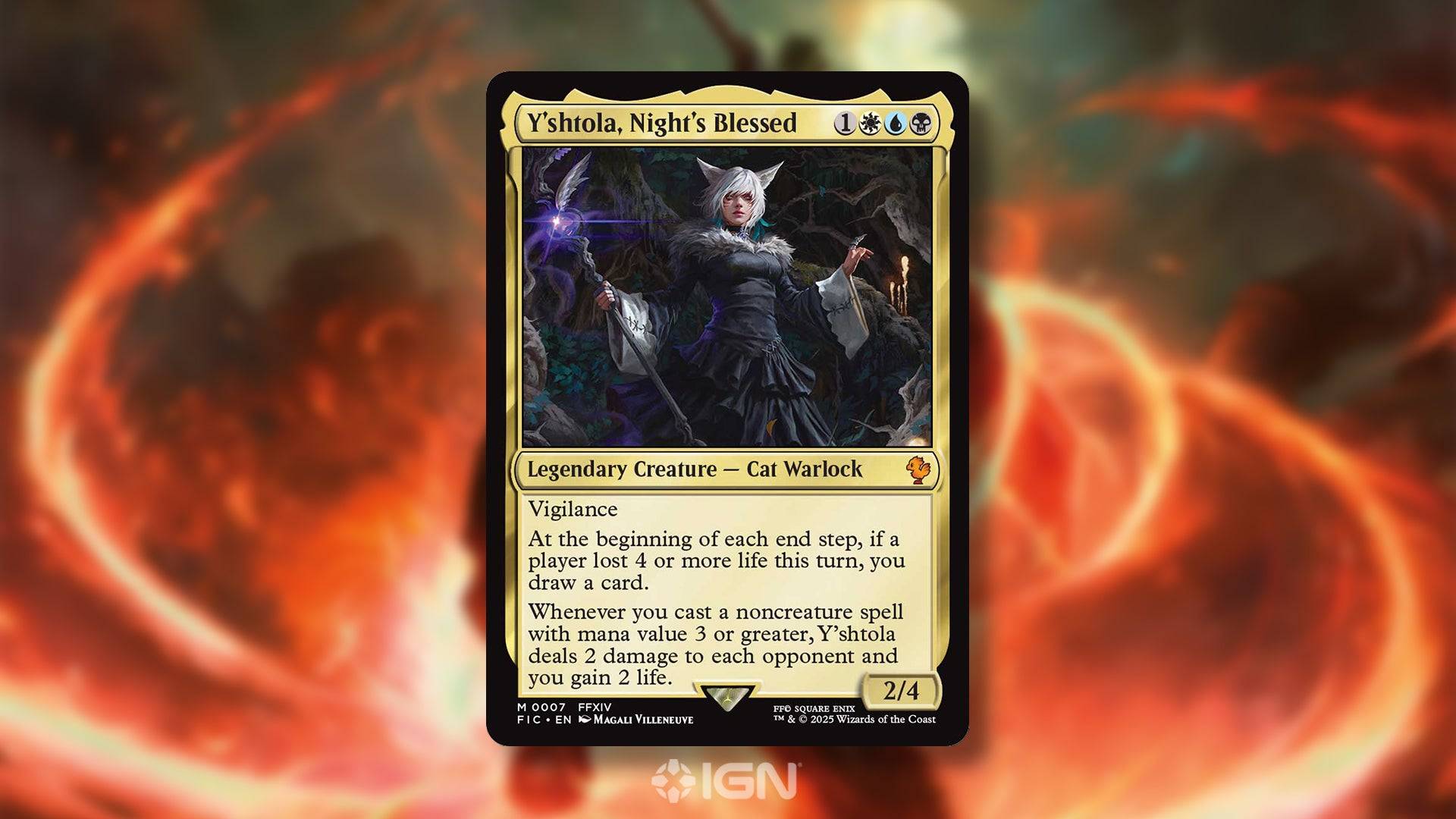
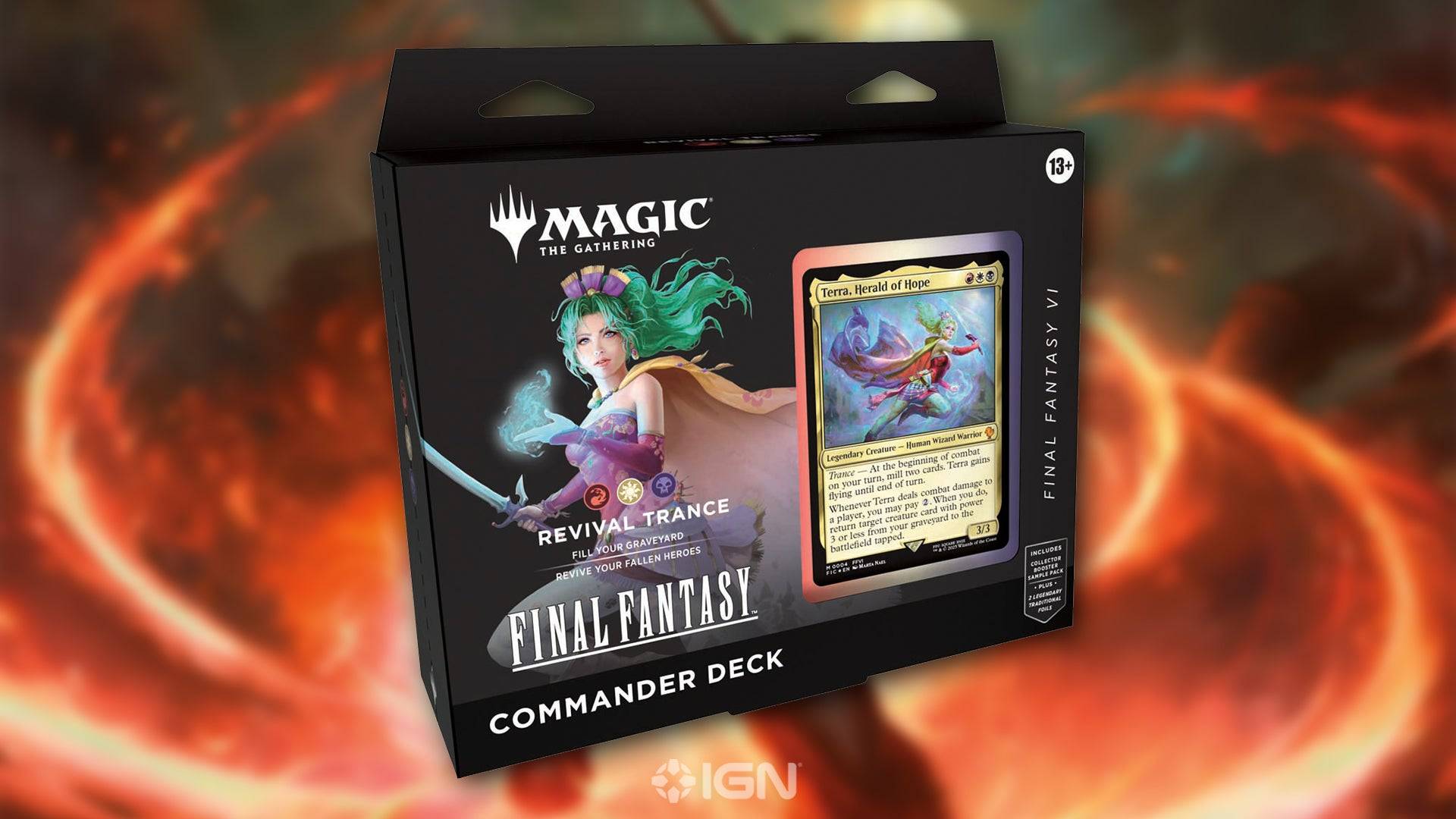
Set to launch in June, the Magic: The Gathering Final Fantasy crossover promises a fully draftable, Standard-legal set, complemented by four preconstructed decks showcased in the gallery above. Each deck consists of 100 cards, blending reprints with fresh new artwork inspired by Final Fantasy and novel cards tailored for the Commander format. These decks are uniquely themed around specific Final Fantasy games—6, 7, 10, and 14.
“Final Fantasy games are rich with beloved characters, unique settings, and deep lore, making it easy to craft a deck around a single game,” says Senior Game Designer Daniel Holt, the Commander Lead for the set. “Focusing on one game allowed us to delve deeply into its narrative, capturing cherished moments that might have been overlooked otherwise.”
The selection of Final Fantasy 6, 7, 10, and 14 was based on a blend of gameplay considerations and the games' overall recognition. While Final Fantasy 7 and 14 were straightforward choices, Final Fantasy 6 and 10 sparked more debate but were ultimately selected due to their popularity within the team. Holt notes, “This project was a passion project for many at Wizards of the Coast, with numerous Final Fantasy fans contributing to its development.”
When it comes to the Final Fantasy 7 Commander deck, the team faced the challenge of balancing the original 1997 game with its modern remakes. Dillon Deveney, Principal Narrative Game Designer and Narrative Lead for the set, explains, “We aimed to capture the essence of the original PS1 game's narrative while incorporating the modern aesthetics from the remakes to enhance the visual fidelity of characters, story moments, and iconic locations. If a scene was featured in both versions, we had the flexibility to depict it in the style of the original, the remake, or a creative fusion of both.”
Final Fantasy 6, with its pixel art and limited concept art, posed a unique challenge. Deveney shares, “We wanted to evoke the nostalgia of the original game while expanding on the character designs. We worked closely with the Final Fantasy 6 team to ensure our updates remained true to the spirit of the game while bringing something new to the table. Our artists drew inspiration from Yoshitaka Amano’s concept art, the original sprites, and the Pixel Remaster portraits to create fresh yet familiar designs.”
Selecting the lead characters for each deck was a thoughtful process. While Cloud was a clear choice for Final Fantasy 7, other games required more deliberation. For Final Fantasy 6, Celes was considered, and for Final Fantasy 10, Yuna was a strong contender. Ultimately, they opted for the main protagonists, with Y’shtola leading the Final Fantasy 14 deck, focusing on her Shadowbringers storyline. Holt notes, “We considered a 'Warrior of Light' concept but decided to keep the personal hero in the deck without making them the commander.”
Each deck's color identity was carefully chosen to reflect the game's themes and mechanics. The Final Fantasy 6 deck, centered on the World of Ruin, focuses on bringing creatures back from the graveyard. Final Fantasy 7's deck, featuring Cloud, aligns with equipment strategies in a white-red-green palette. The Final Fantasy 10 deck, inspired by the Sphere Grid, emphasizes counter manipulation in a white-blue-green theme. Finally, the Final Fantasy 14 deck's white-blue-black identity supports a noncreature spell casting strategy.
While the Commander decks focus on their leaders, Holt assures fans that supporting characters and villains from each game will also be represented. “Final Fantasy games are full of memorable characters, and we made sure to include them in the decks. Fans can look forward to seeing their favorites as new legendary creatures and in action-packed spells.”
The Magic: The Gathering Final Fantasy set is slated for release on June 13. Even if your favorite game or character isn't featured in these decks, Holt promises that all sixteen mainline Final Fantasy games will have their moments in the accompanying products. Similar to the Warhammer 40,000 Commander decks from 2022, these decks will be available in both a regular version (MSRP $69.99) and a Collector’s Edition (MSRP $149.99), the latter featuring a special Surge foil treatment for all 100 cards.
For a deeper dive into the creative process behind this exciting crossover, read on for the full, unedited interview with Wizards of the Coast’s Daniel Holt and Dillon Deveney.
 Home
Home  Navigation
Navigation






 Latest Articles
Latest Articles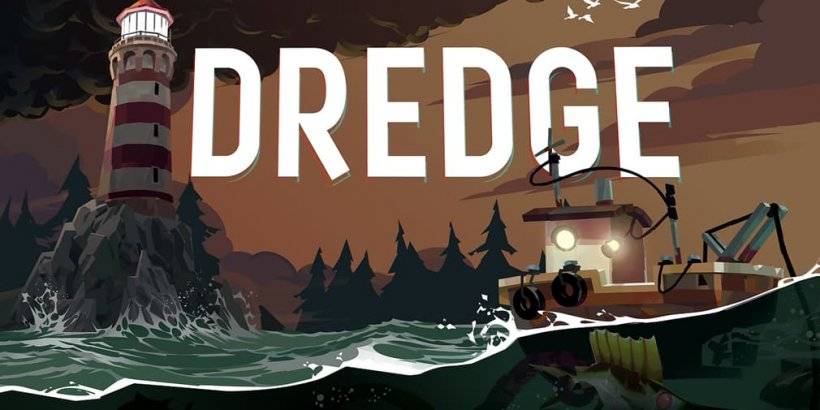
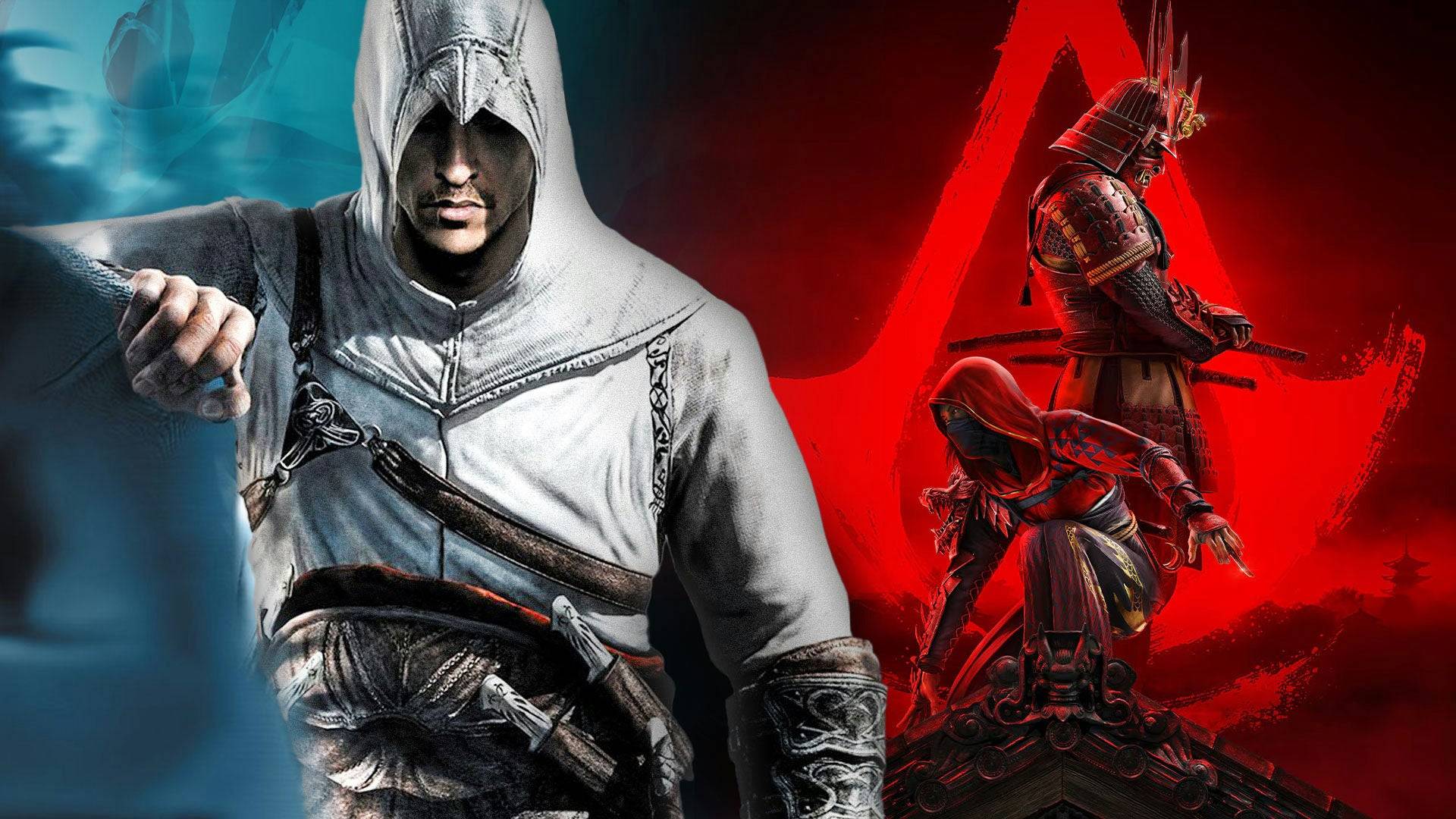
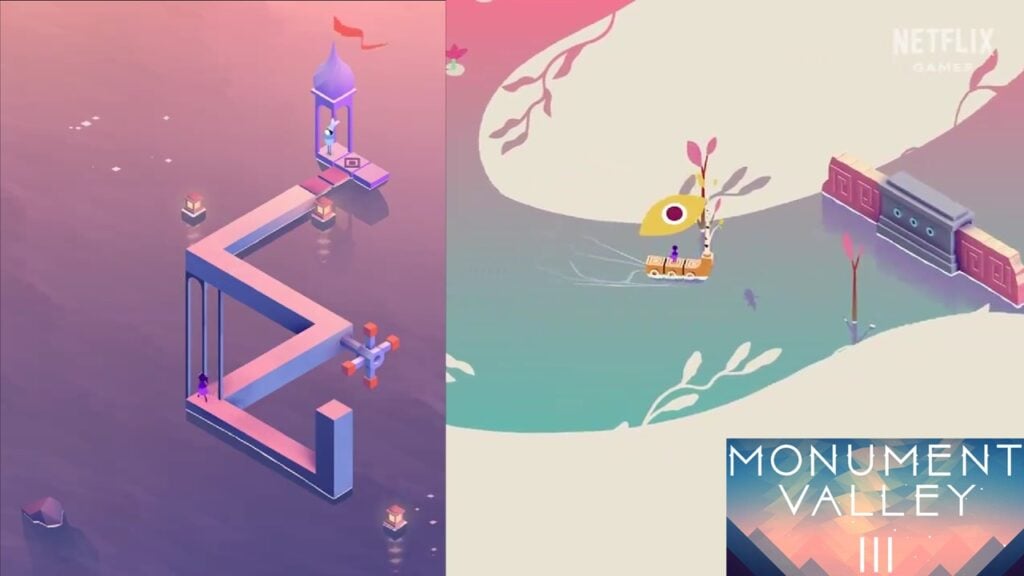
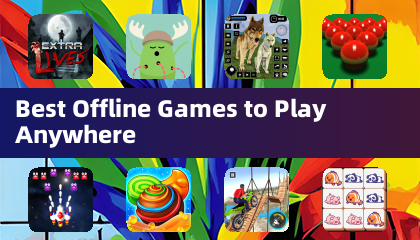
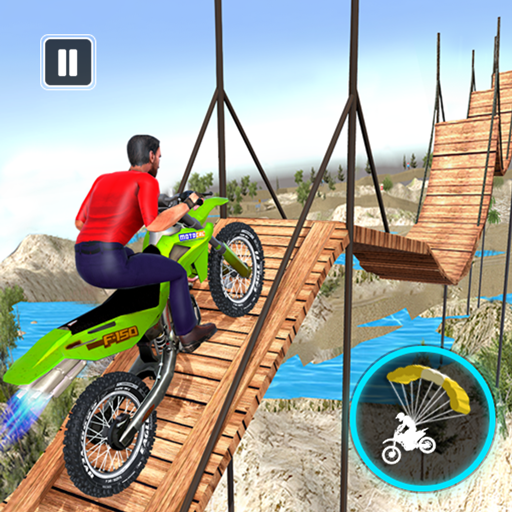
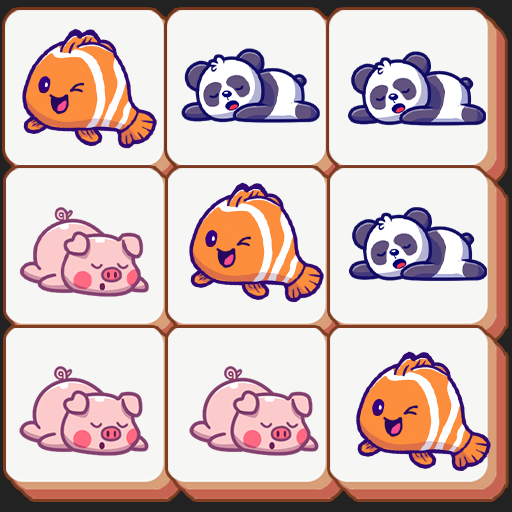
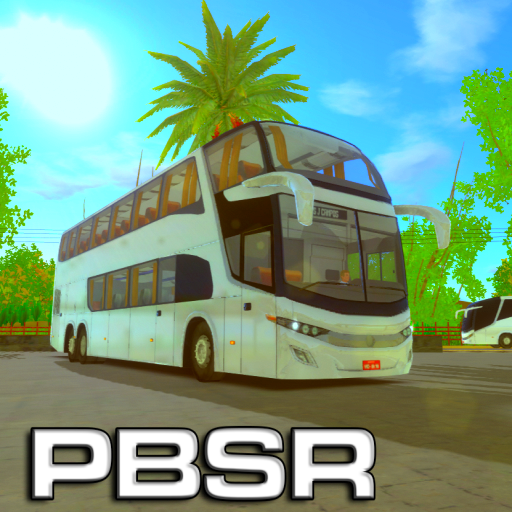

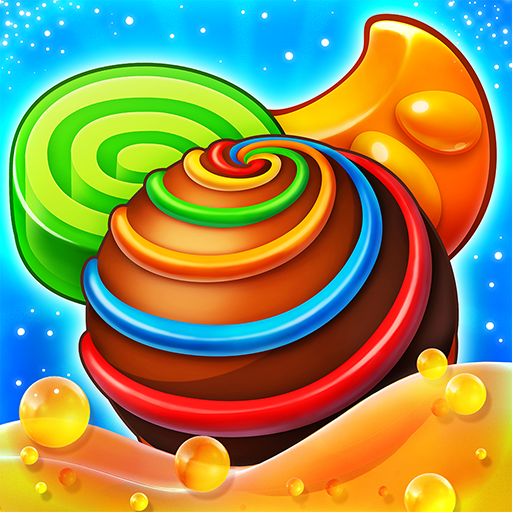
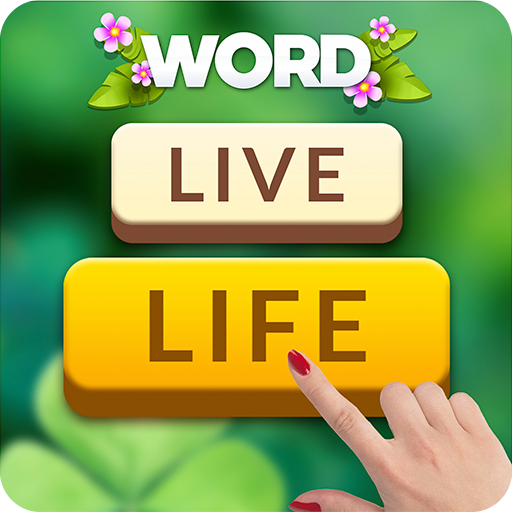
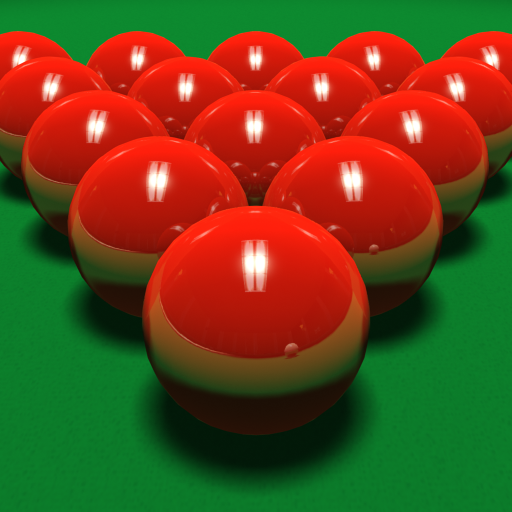
 Latest Games
Latest Games
